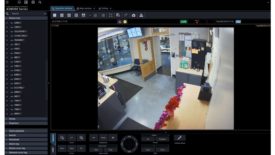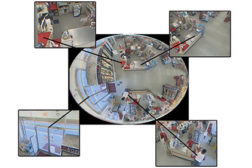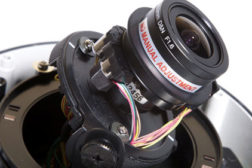Home » Keywords: » 360 degree cameras
Items Tagged with '360 degree cameras'
ARTICLES
Camera & Lens: How to Get the Correct Match
Surveillance experts say that you cannot separate lens function from camera function — they are complementary and interdependent. Does that make the integrator’s job harder?
October 1, 2012
Get our new eMagazine delivered to your inbox every month.
Stay in the know on the latest security marketplace trends.
SUBSCRIBE TODAY!Copyright ©2024. All Rights Reserved BNP Media.
Design, CMS, Hosting & Web Development :: ePublishing







